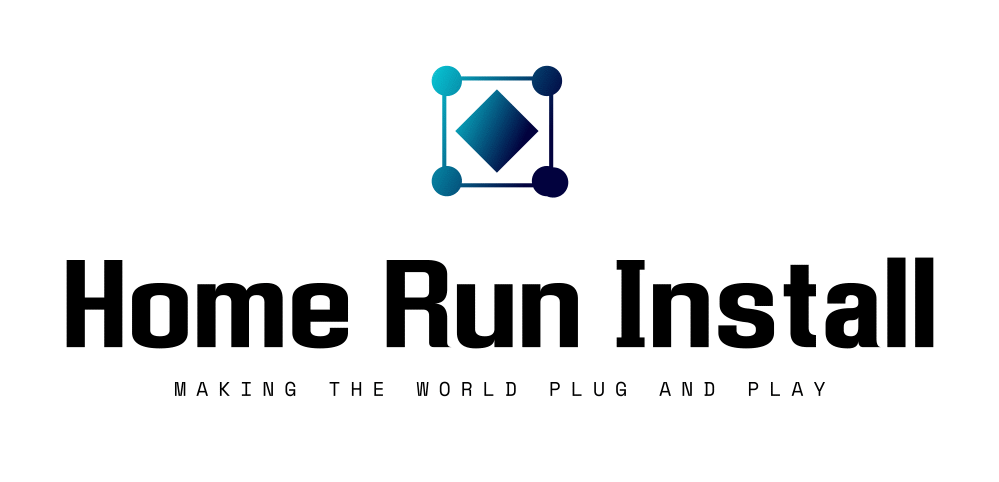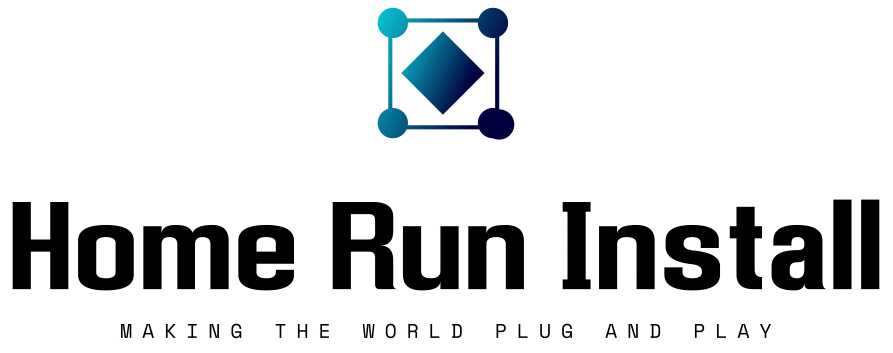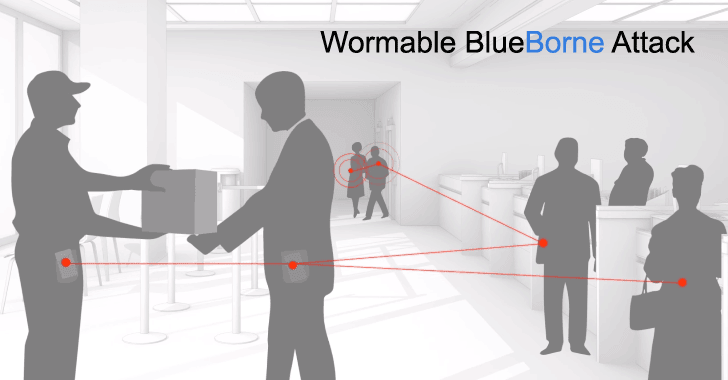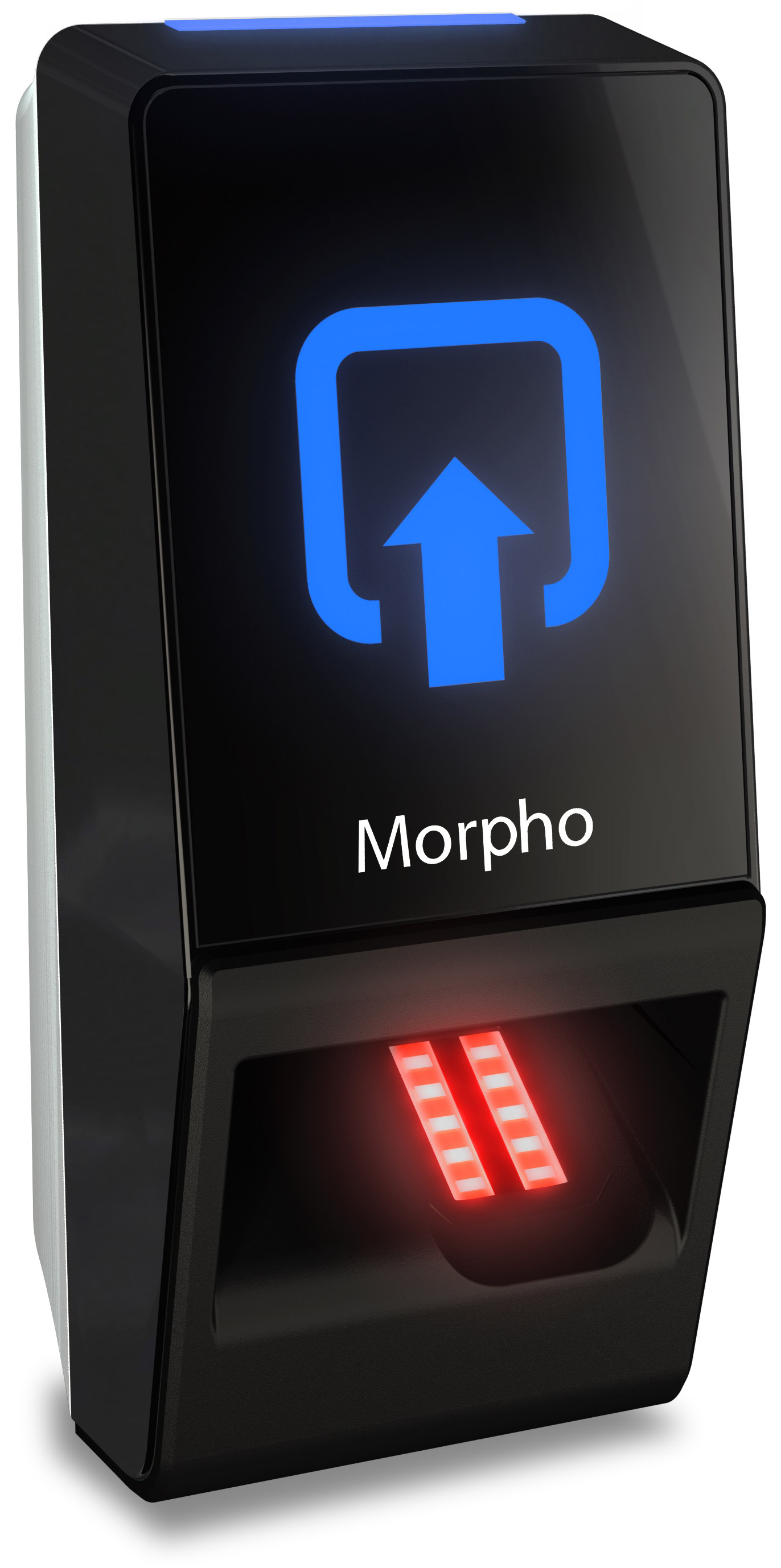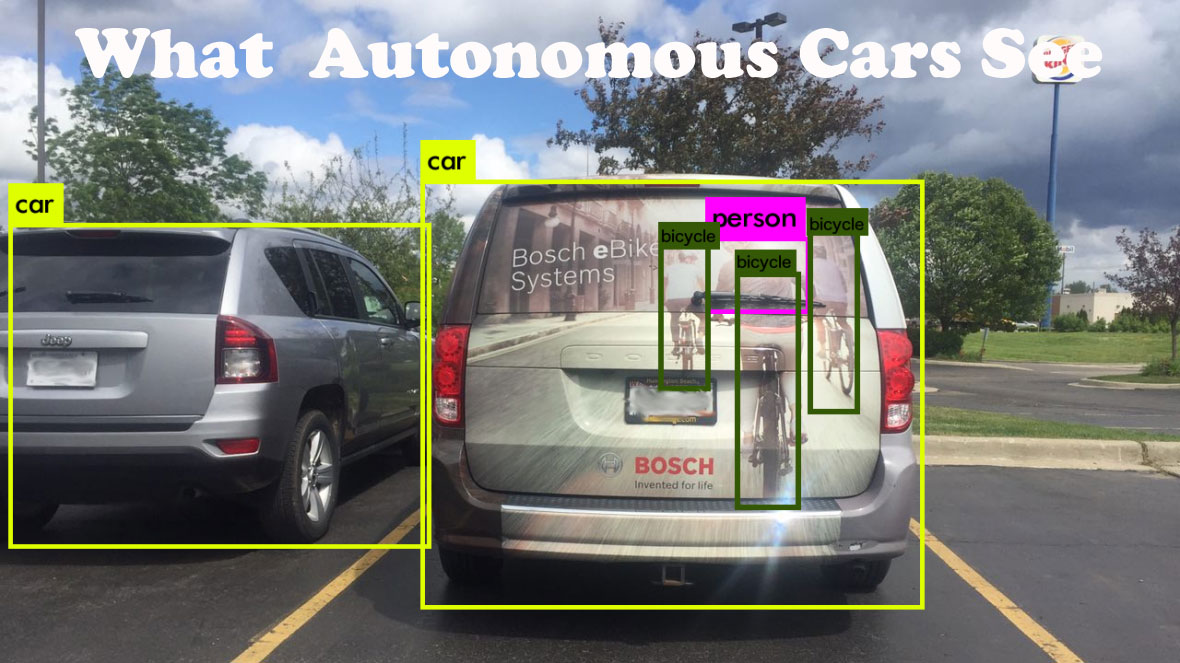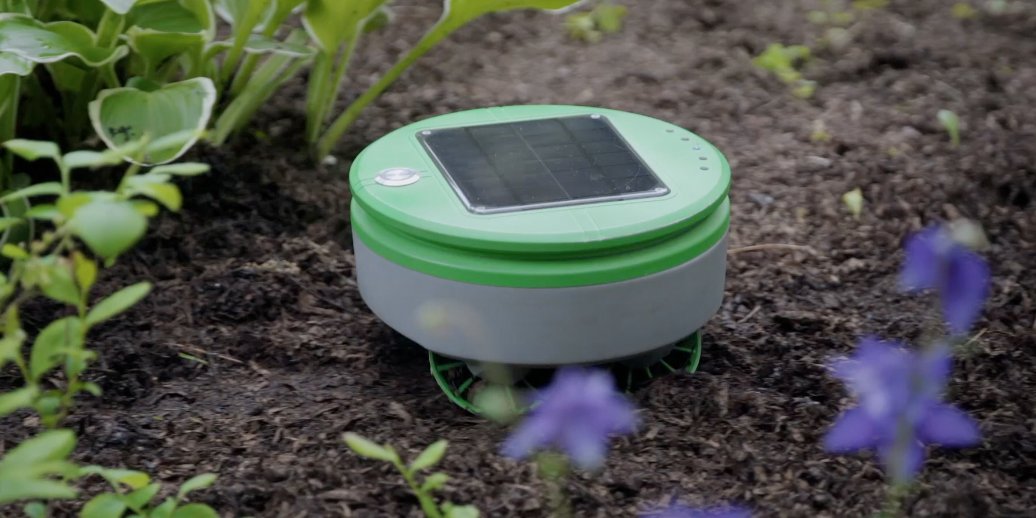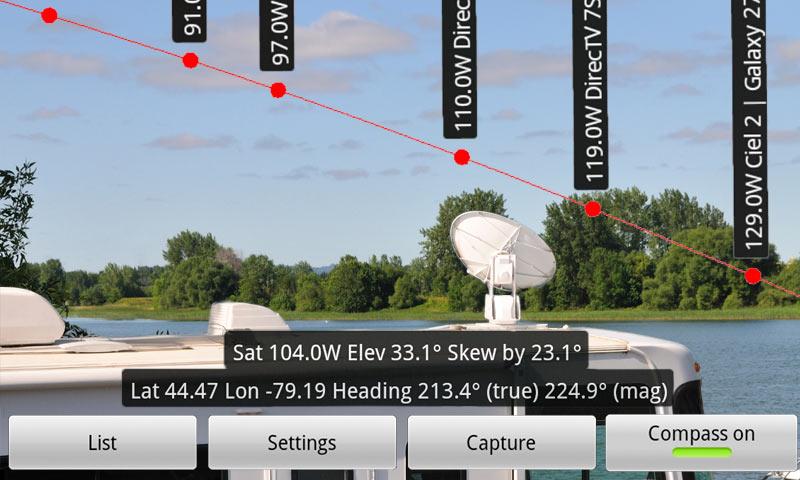Armis – BlueBorne Attack Vector Explained – YouTube
Armis Labs revealed a new attack vector endangering major mobile, desktop, and IoT operating systems, including Android, iOS, Windows, and Linux, and the devices using them. The new vector is dubbed “BlueBorne”, as it spread through the air (airborne) and attacks devices via Bluetooth. Armis has also disclosed eight related zero-day vulnerabilities, four of which are classified as critical. BlueBorne allows attackers to take control of devices, access corporate data and networks, penetrate secure “air-gapped” networks, and spread malware laterally to adjacent devices. Armis reported these vulnerabilities to the responsible actors, and is working with them as patches are being identified and released.

